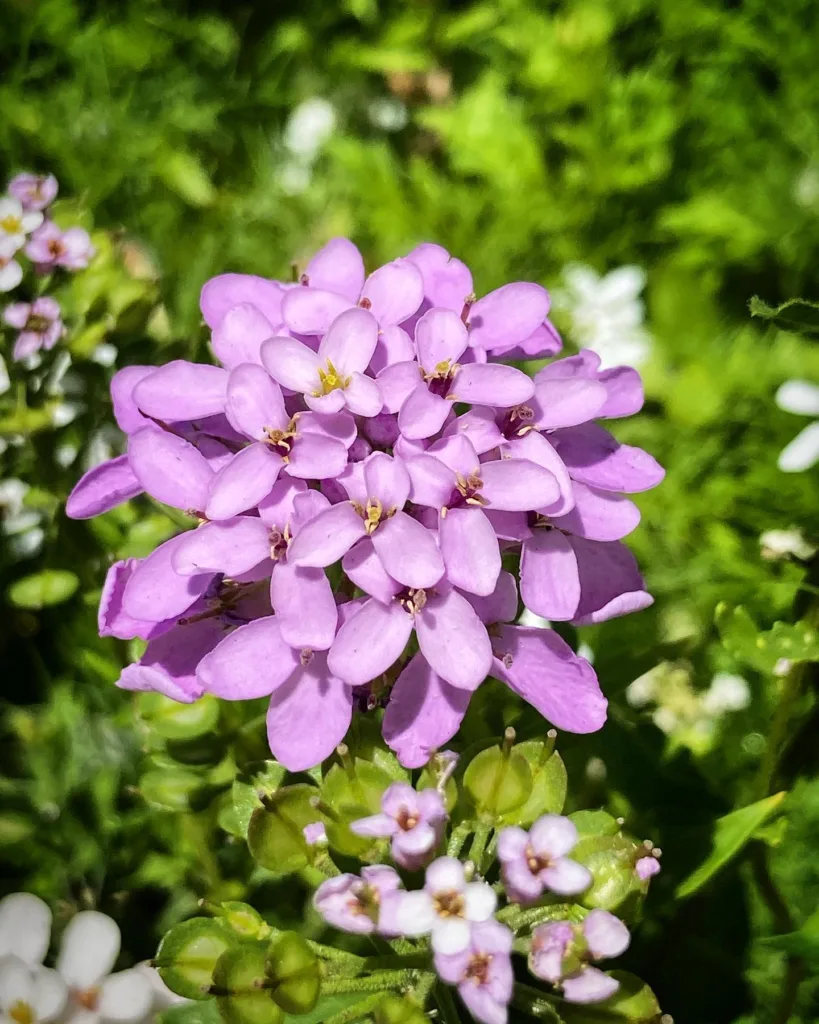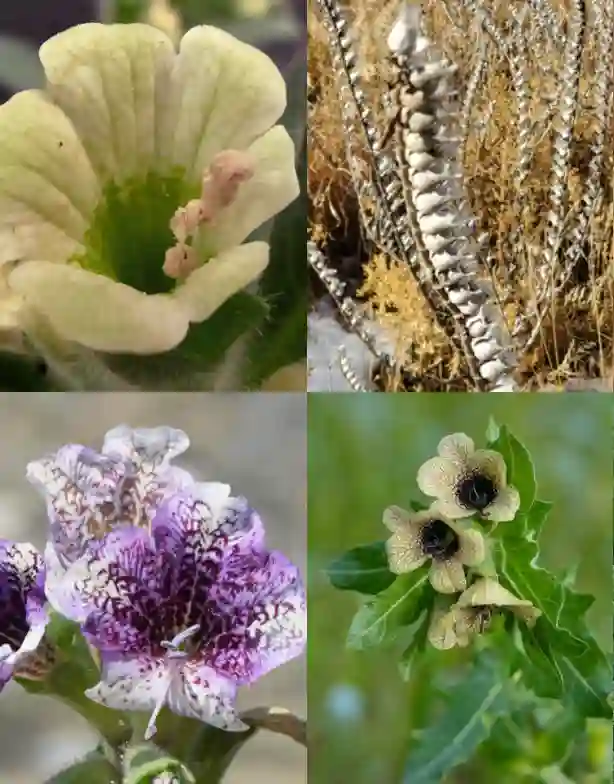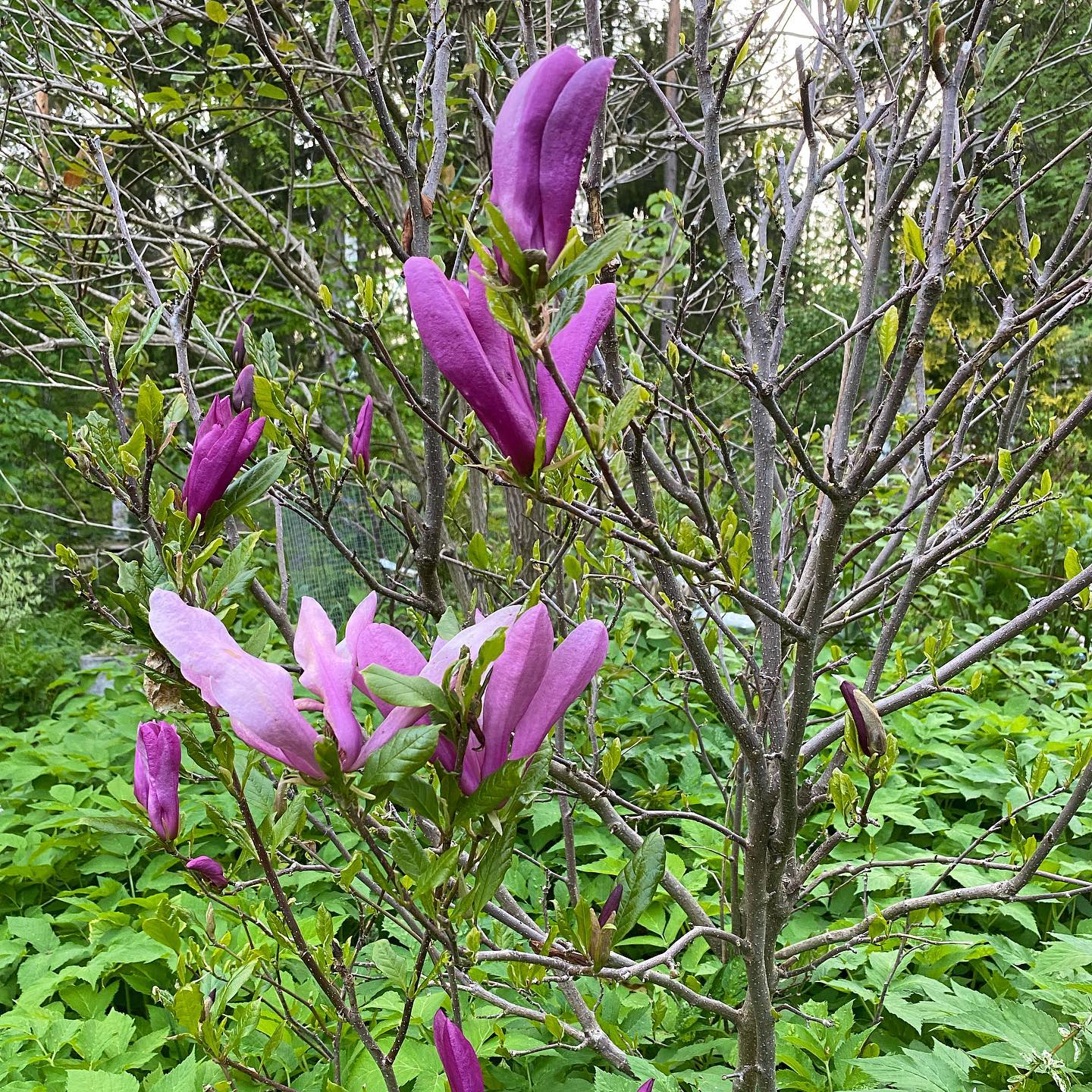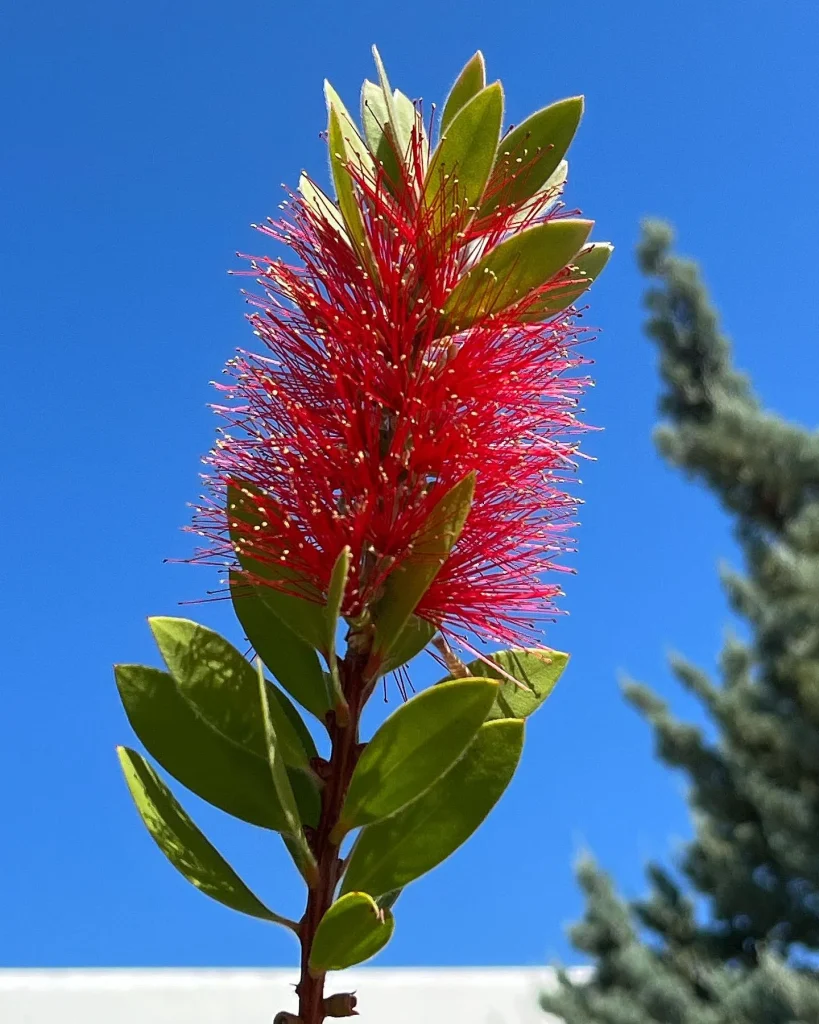
Prairie Spiderwort: A Burst of Color for Your Garden
As a gardener, I’m always on the lookout for low-maintenance plants that add a pop of color. Enter the Prairie Spiderwort, a charming little perennial that punches well above its weight in the visual department. This native wildflower isn’t just easy on the eyes; it’s also surprisingly easy to grow.
86 Species in Genus Tradescantia
What is a Prairie Spiderwort?
The Prairie Spiderwort (Tradescantia Occidentalis) is a member of the dayflower family, known for its delicate, three-petaled flowers. Unlike its more fleeting dayflower cousins, Prairie Spiderworts boast blooms that last for days, adding a cheerful presence to your garden throughout the early summer months. The flowers come in a range of vibrant shades, with blues and violets being the most common.
They form a clumping habit, with long, arching leaves that cascade gracefully. Depending on the variety, they can reach anywhere from 6 inches to 2 feet in height, making them perfect for borders, edging pathways, or adding a touch of whimsy to containers.
Where will Prairie Spiderwort Grow?
The beauty of Prairie Spiderworts is their adaptability. They’re true survivors, thriving in a variety of conditions.
- Sun or Shade: While they prefer full sun for optimal flowering, Prairie Spiderworts can also tolerate partial shade. This makes them a versatile choice for gardens with dappled sunlight or areas that get some afternoon shade.
- Soil: These unfussy plants aren’t picky about soil type. They’ll do well in average garden soil, as long as it’s well-drained. Sandy soils are particularly well-suited to them, reflecting their native prairie habitat.
How to Care for Prairie Spiderwort?
Here’s the best part: once established, Prairie Spiderworts require minimal maintenance.
- Watering: They’re drought-tolerant, so you won’t need to constantly monitor soil moisture. Water deeply during extended dry periods, but otherwise, allow the rainwater to do its work.
- Fertilizing: Skip the fertilizer! Prairie Spiderworts are happy with the nutrients they glean from the soil. In fact, overfertilization can lead to leggy growth and reduced flowering.
- Deadheading: While not strictly necessary, deadheading spent blooms can encourage additional flowering throughout the season. Simply pinch off the faded flowers at the base of the stem.
How to Propagate Prairie Spiderwort?
Sharing is caring, and Prairie Spiderworts are easy to propagate, allowing you to expand your vibrant patch or gift them to fellow gardening enthusiasts.
- Division: The most common method is division. In early spring or fall, carefully dig up a mature clump and use a sharp knife to divide it into sections, each with healthy roots and shoots. Replant the divisions in their new locations, and water them well.
- Stem Cuttings: You can also propagate Prairie Spiderworts from stem cuttings taken in early summer. Choose healthy stems with a few nodes, cut them just below a node, and remove the lower leaves. Plant the cuttings in a pot filled with moist potting mix, and keep them in a warm, well-lit location (indirect sunlight is best). With proper care, they should root within a few weeks.
What to Plant with Prairie Spiderwort?
Prairie Spiderworts play well with others. Here are some ideas for companion plants:
- Grasses: Ornamental grasses like feather reed grass or blue grama grass echo the wildflower aesthetic and provide textural contrast.
- Yarrow: Yarrow’s cheerful yellow blooms complement the blues and purples of Prairie Spiderwort and attract beneficial pollinators.
- Columbine: Delicate columbines add a touch of elegance, with their long-spurred flowers dancing above the Prairie Spiderwort’s foliage.
With their easy-going nature and vibrant blooms, Prairie Spiderworts are a welcome addition to any garden. So why not give them a try and add a touch of prairie charm to your own backyard oasis?
If i die, water my plants!



